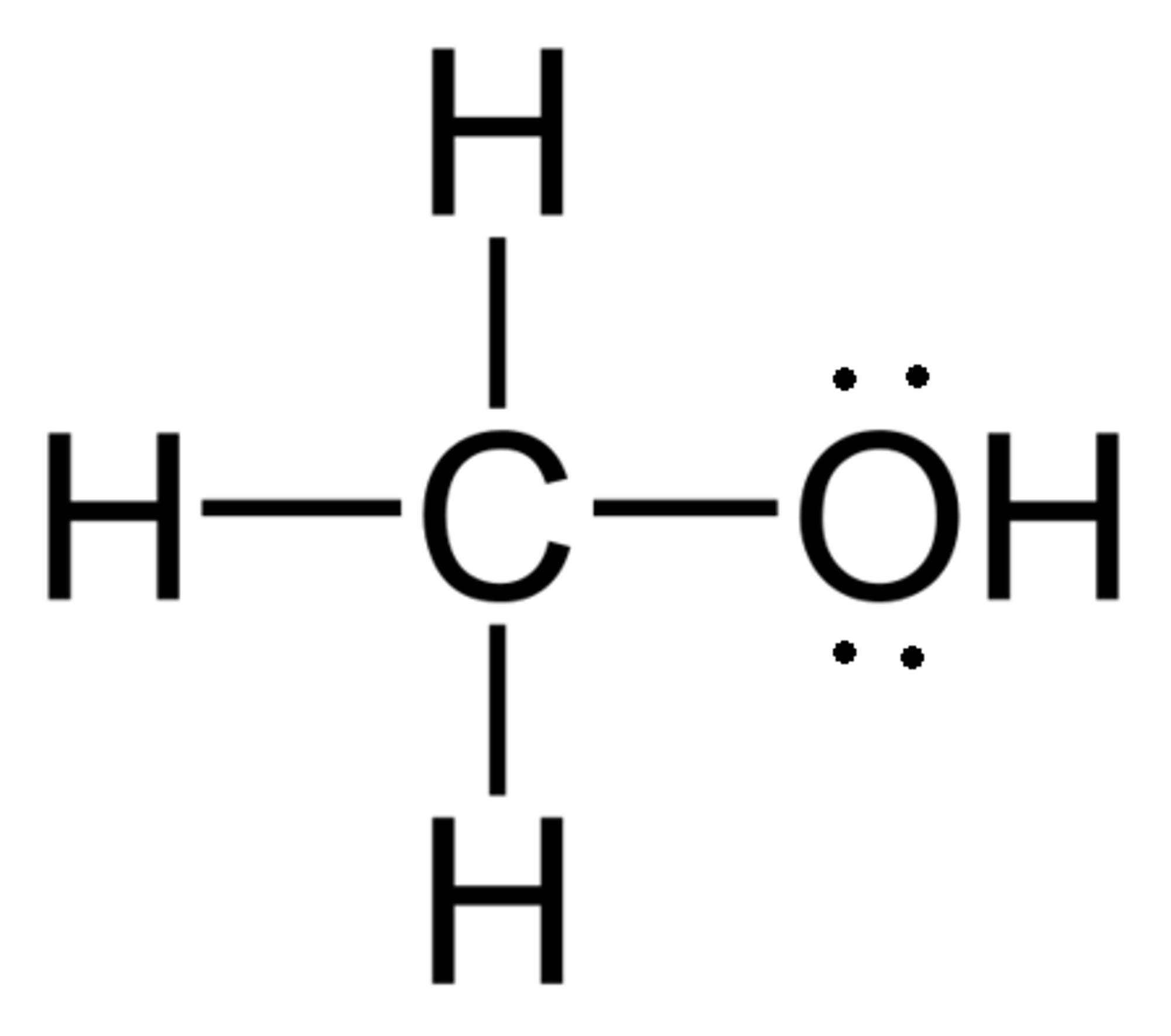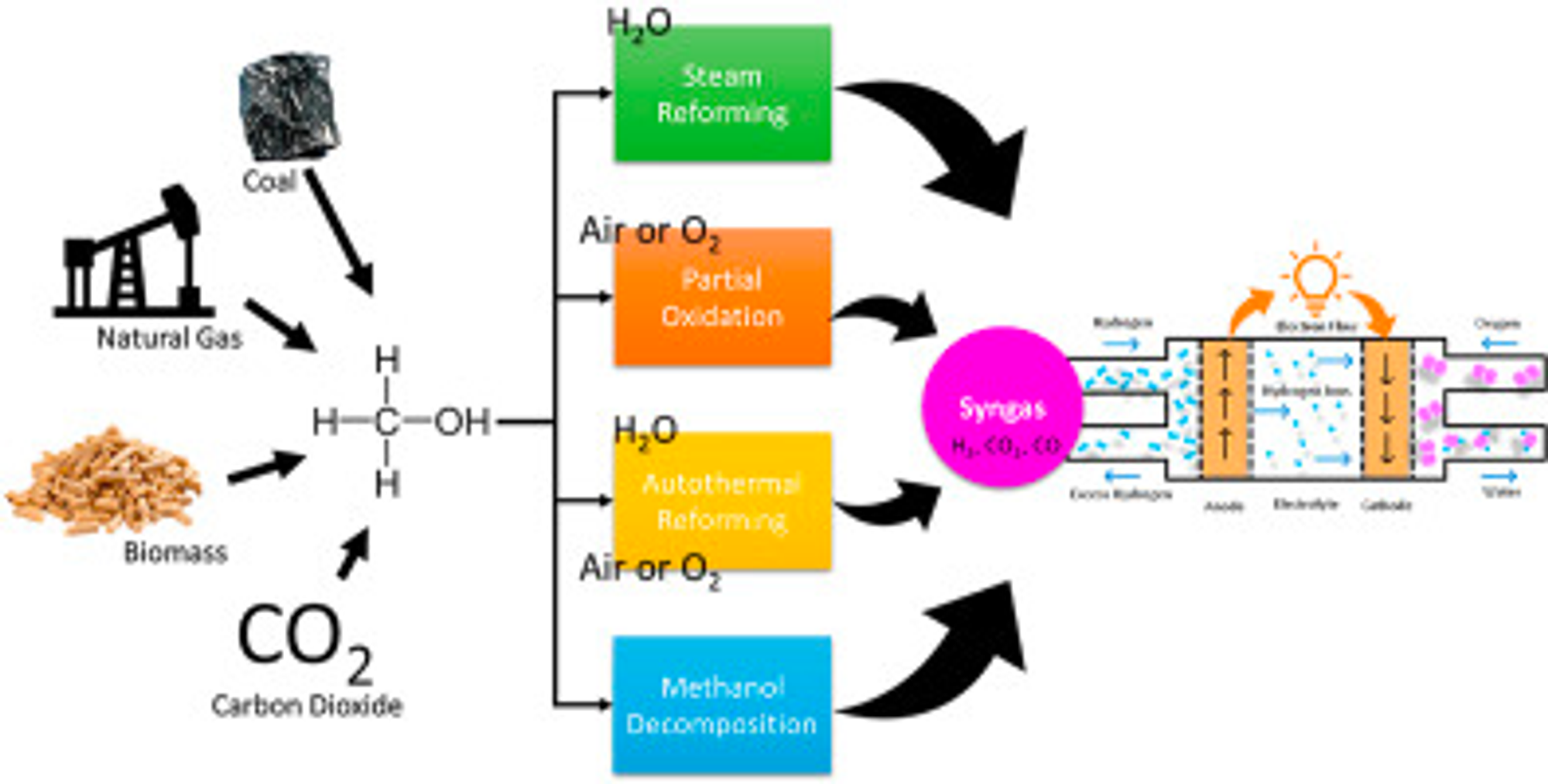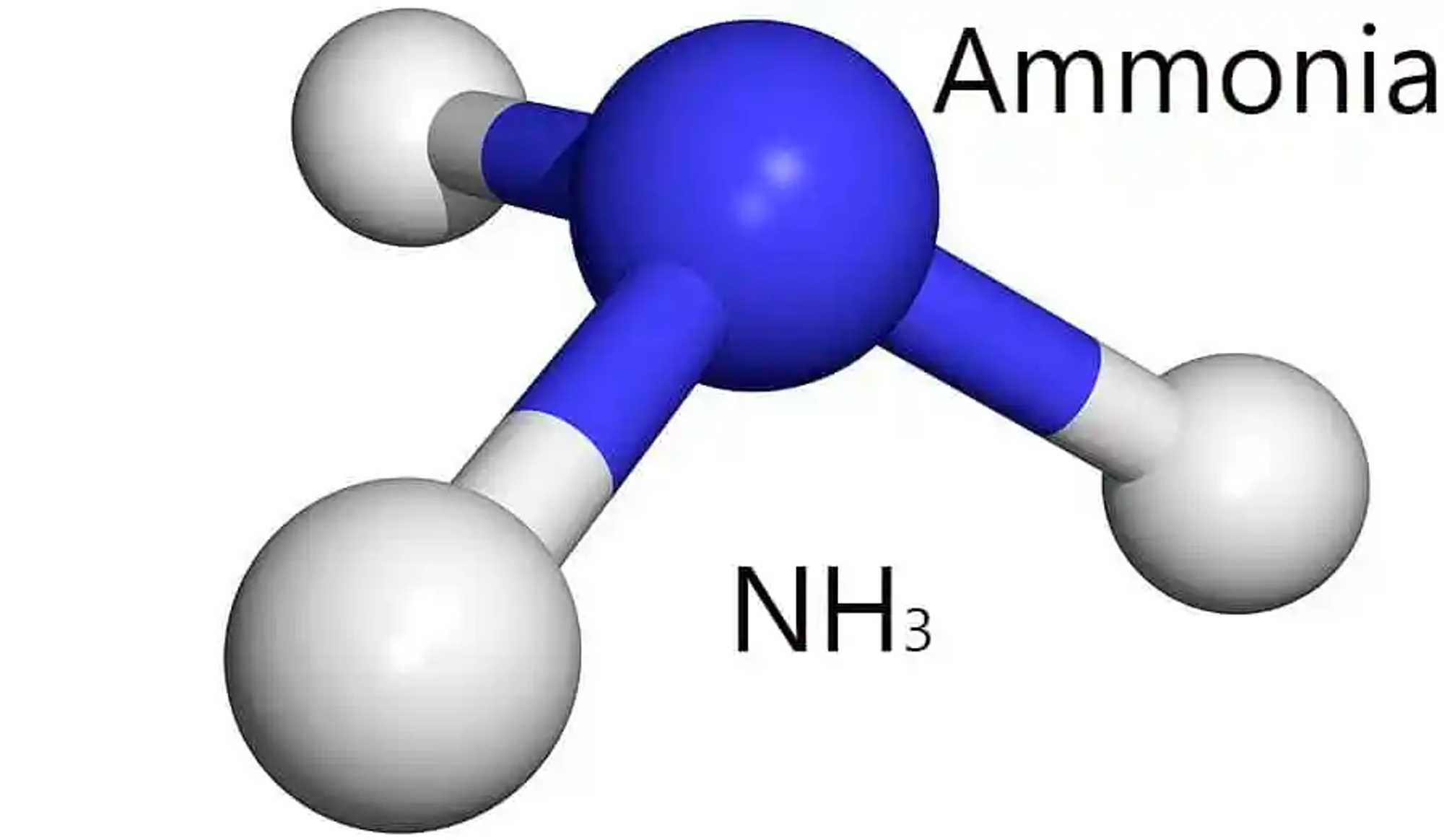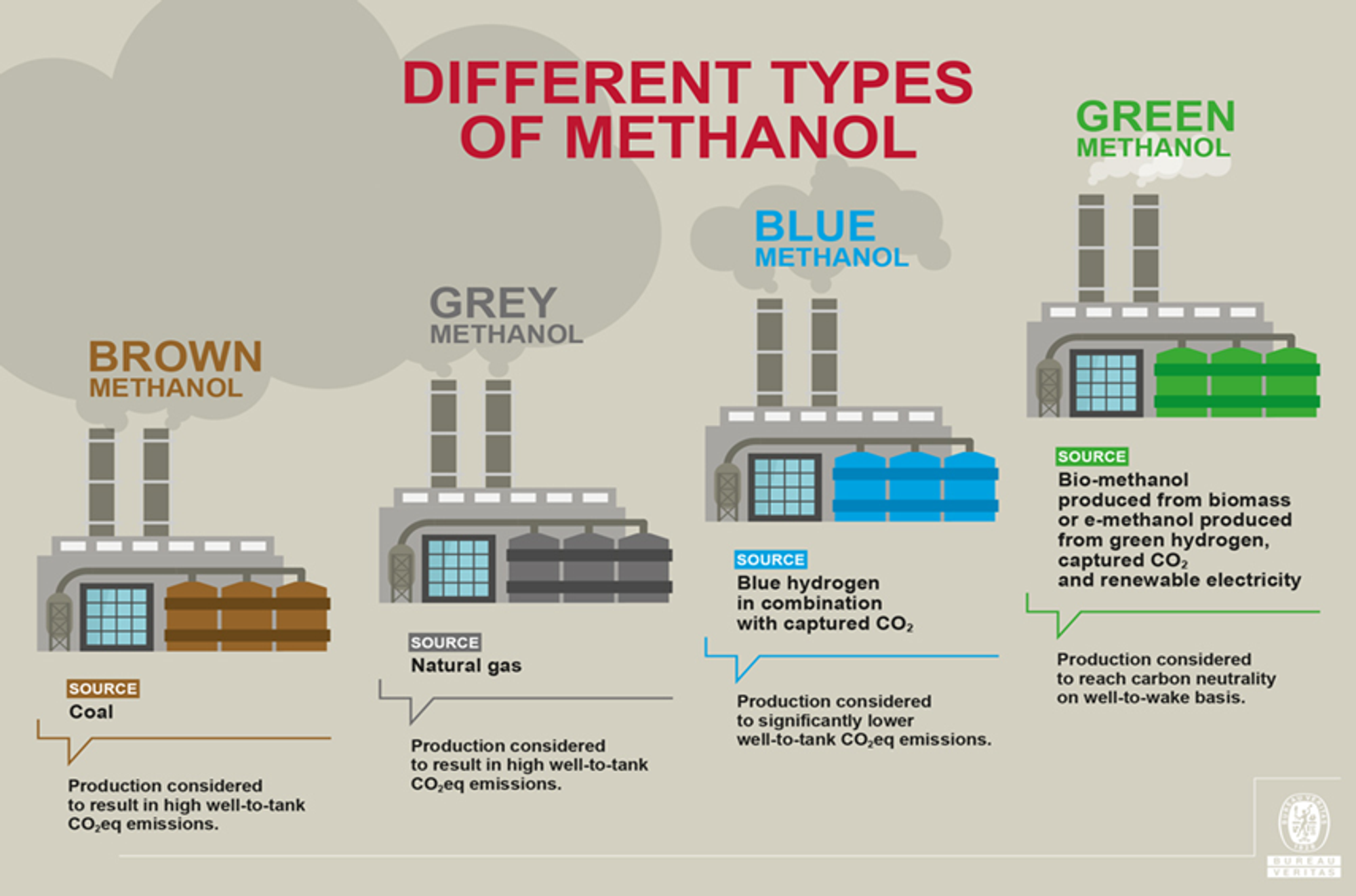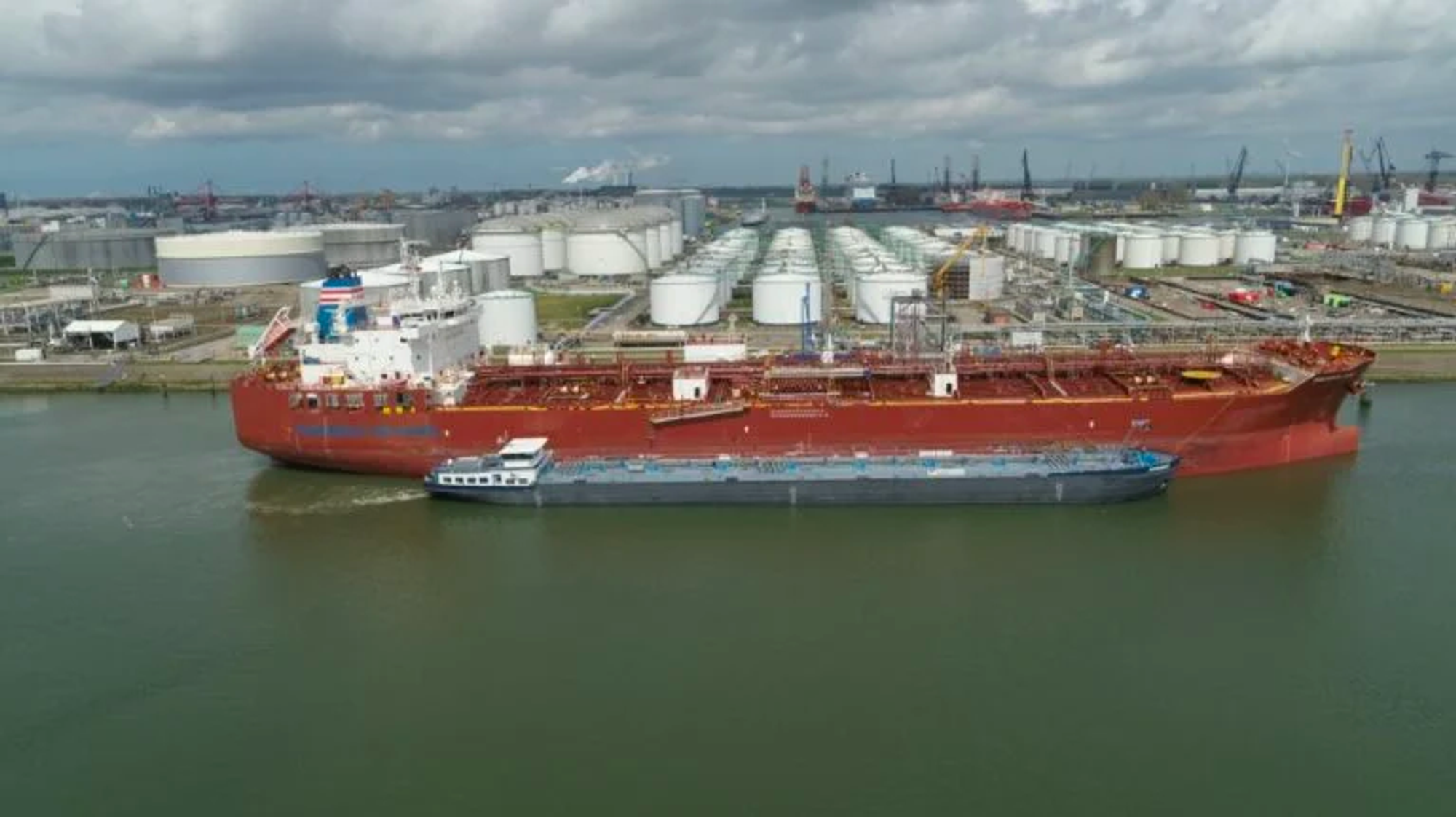
January 31, 2023, by Jasmina Ovcina Mandra
From the summer of 2023, the Port of Rotterdam, Europe’s top bunkering port, will provide methanol bunkering to sea-going vessels on a regular basis.
Methanol bunkering; Image credit: Vopak
Last year saw several sea-going ships bunker methanol at the port, the port figures show, resulting in a total of 1,500 tons of methanol sold in 2022.
Methanol has emerged as an attractive, commercially viable alternative fuel as it can be bunkered relatively easily and safely. Methanol (grey methanol) is available at close to 90 of the world’s 100 largest ports, however, the production of green methanol, produced from renewable energy sources, is yet to be ramped up.
As the demand for sustainable fuels and emissions regulations increase, it is likely that green methanol will play a growing role in the shipping industry in the future.
Compared to fossil fuels, green methanol can significantly reduce emissions of carbon dioxide (CO2), sulfur oxides (SOx), and nitrogen oxides (NOx), as well as particulate matter.
The pick-up in bunker sales at the Port of Rotterdam follows the recent introduction of methanol bunkering in the port.
Namely, back in 2021, Waterfront Shipping, a wholly-owned subsidiary of Methanex Corporation (Methanex), launched ‘barge-to-ship’ bunkering operation at the port.
Waterfront Shipping’s Takaroa Sun, a long-term chartered vessel owned by NYK Bulkship (Asia), participated in the operation as the inaugural methanol-powered ship, to be fuelled by a commercial bunker barge.
The premiere bunkering operation took place at the Vopak Terminal Botlek of Royal Vopak with a bunker barge, MTS Evidence, operated by TankMatch.
The port announced that maritime shipping bunkered significantly more fuel in Rotterdam in 2022, standing at 10.8 million tons compared to 10.2 million tons up to 2021.
With that, demand for fuel oil, gas oil, methanol, and LNG was 6.3 percent higher than in 2021.
In addition to the supply of traditional fuels, the port pointed to growing demand for alternative and renewable fuels.
There was a notable increase in demand for biofuel-blended bunkers, which rose from 301,000 tonnes in 2021 to 790,000 tonnes in 2022.
Methanol bunkering is currently available in limited locations, primarily in ports with access to methanol production and distribution infrastructure. Some examples include:
- Rotterdam, Netherlands
- Gothenburg, Sweden
- Fujairah, United Arab Emirates
- Zhoushan, China
The South Korean port of Ulsan also aims to become a methanol bunkering hub as demand for this type of fuel continues to rise among the shipping industry stakeholders.
The port of Rotterdam is the largest methanol hub in north-western Europe. This is due to the fact that the largest traders and producers operate in the port, including Methanex, OCI and Proman.
Methanol can be stored at various tank storage terminals at the port, including EVOS, Vopak, ETT and Koole.
Furthermore, work is underway at the port to establish GIDARA, which aims to produce 90kt/yr of green methanol from waste from 2026.
CH₃OH
